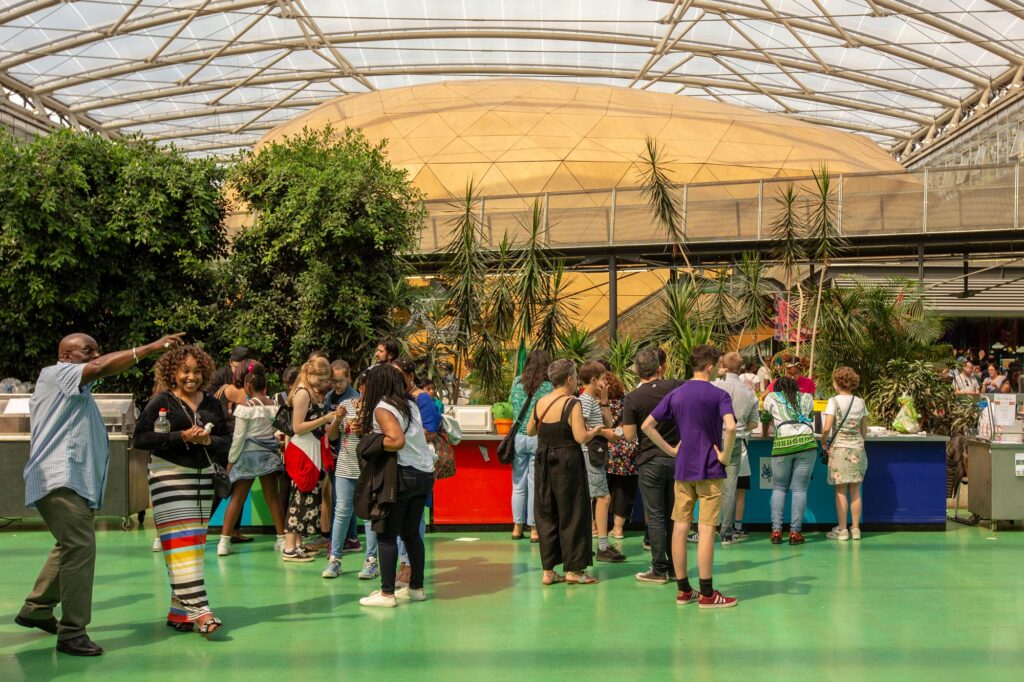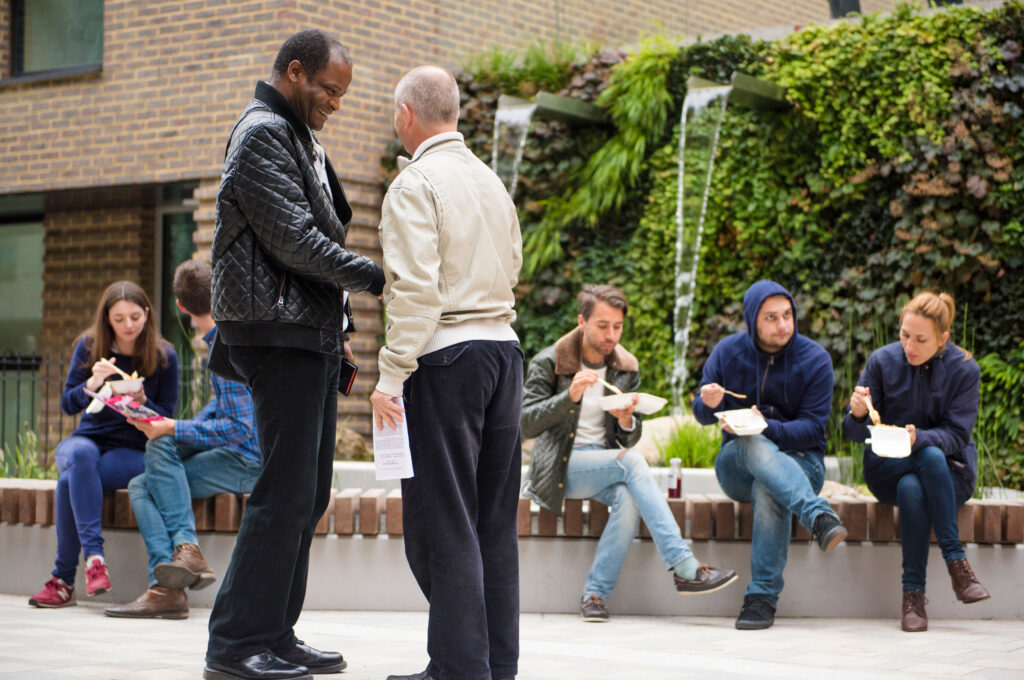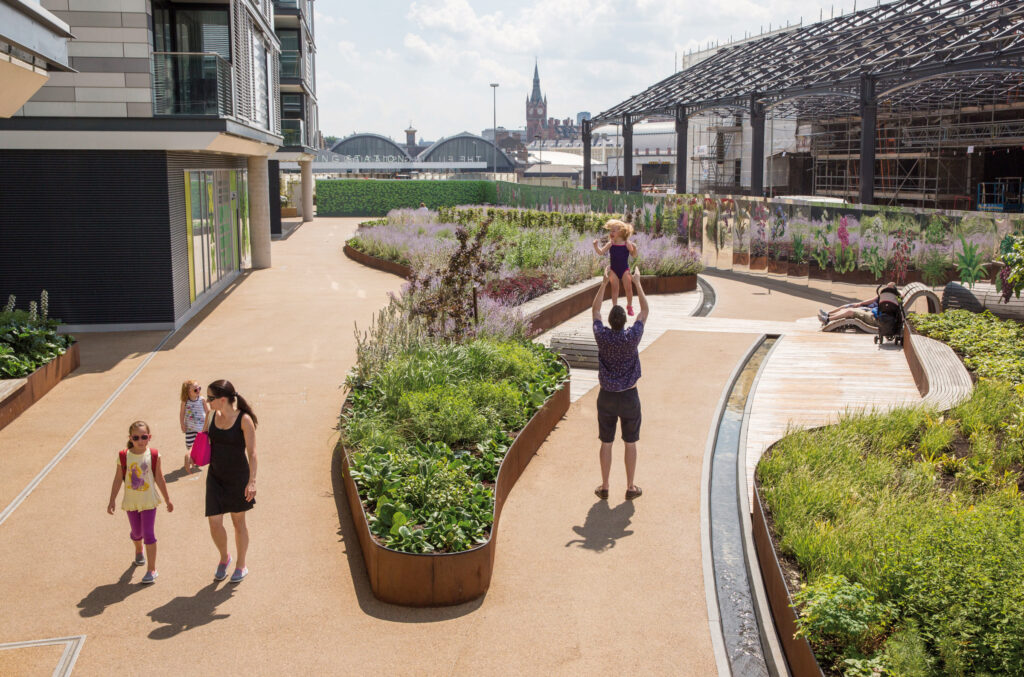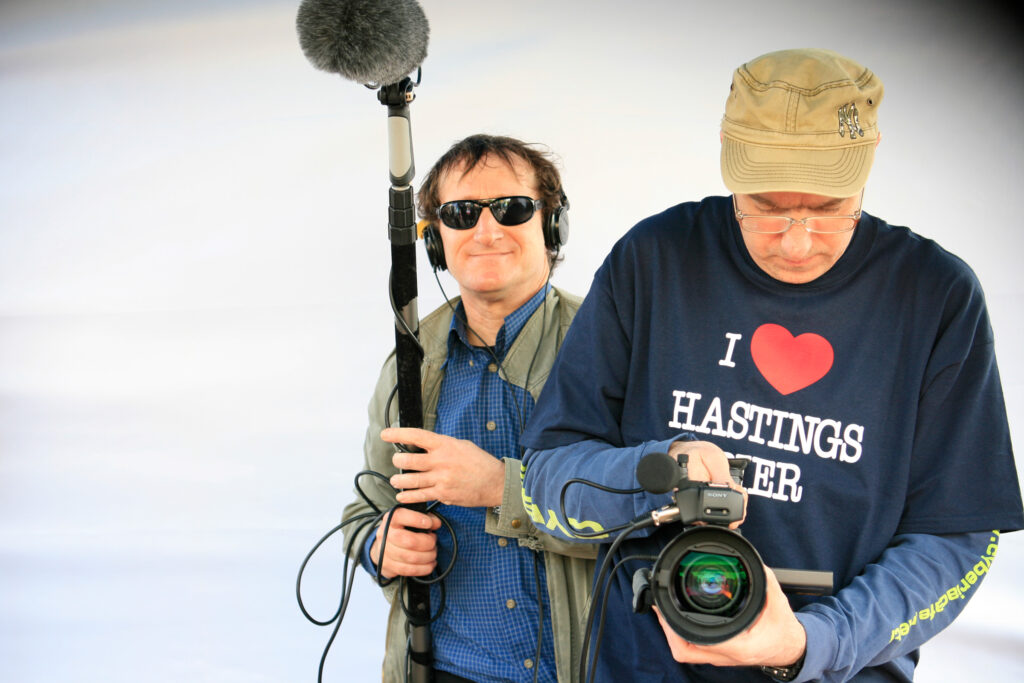Results [0]
Socially useful
We create places for people and strive to achieve social longevity.
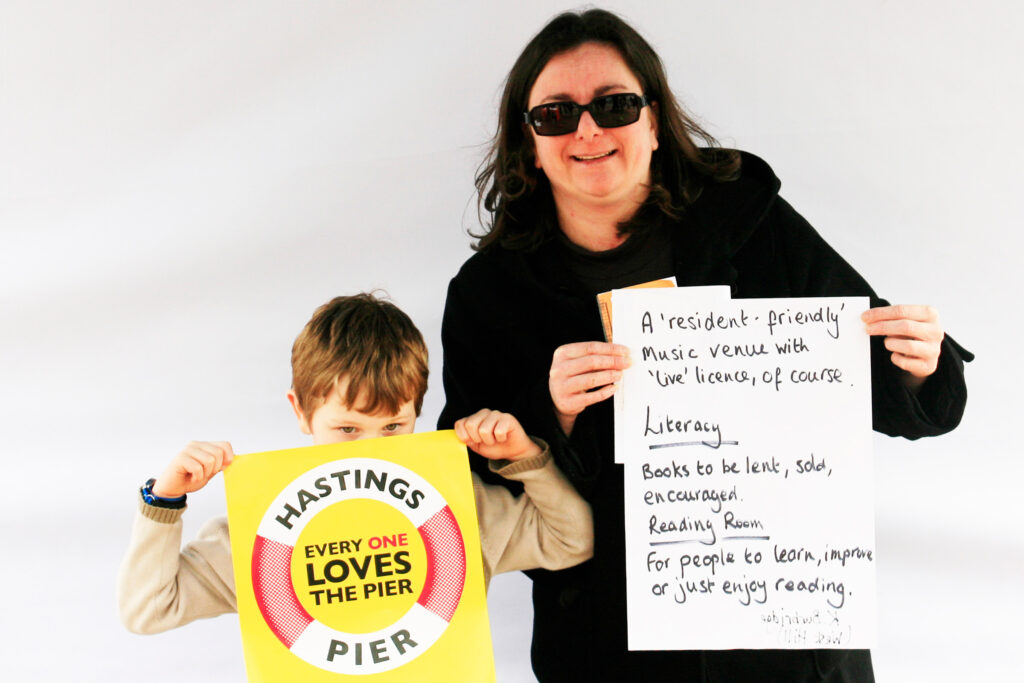
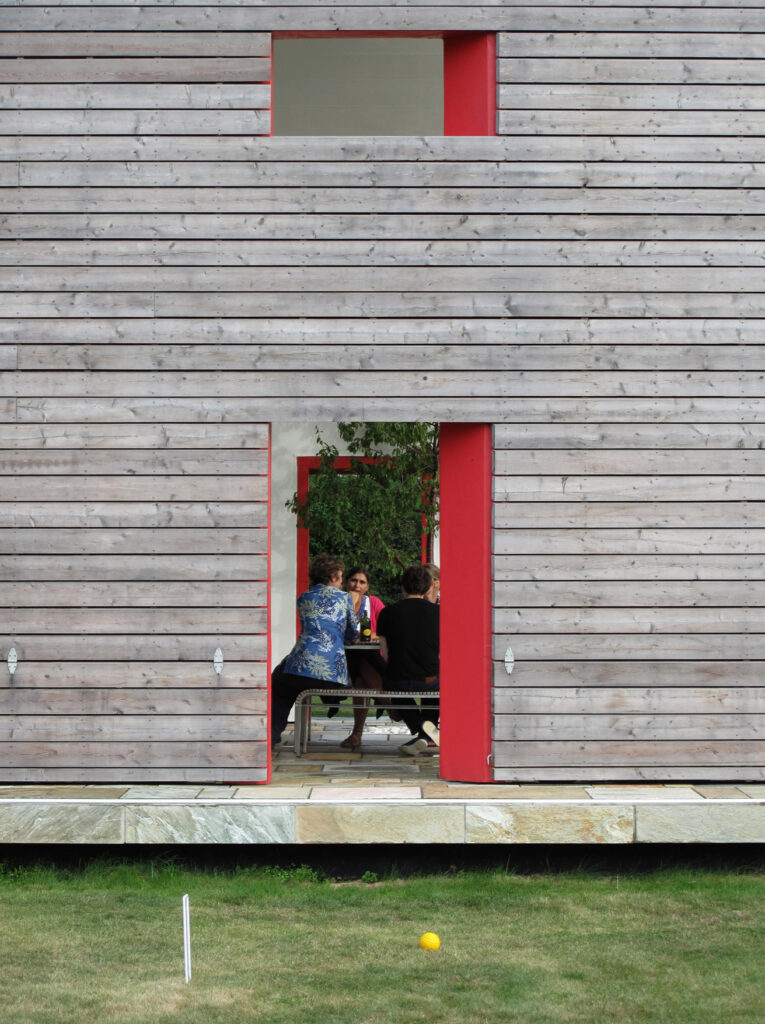
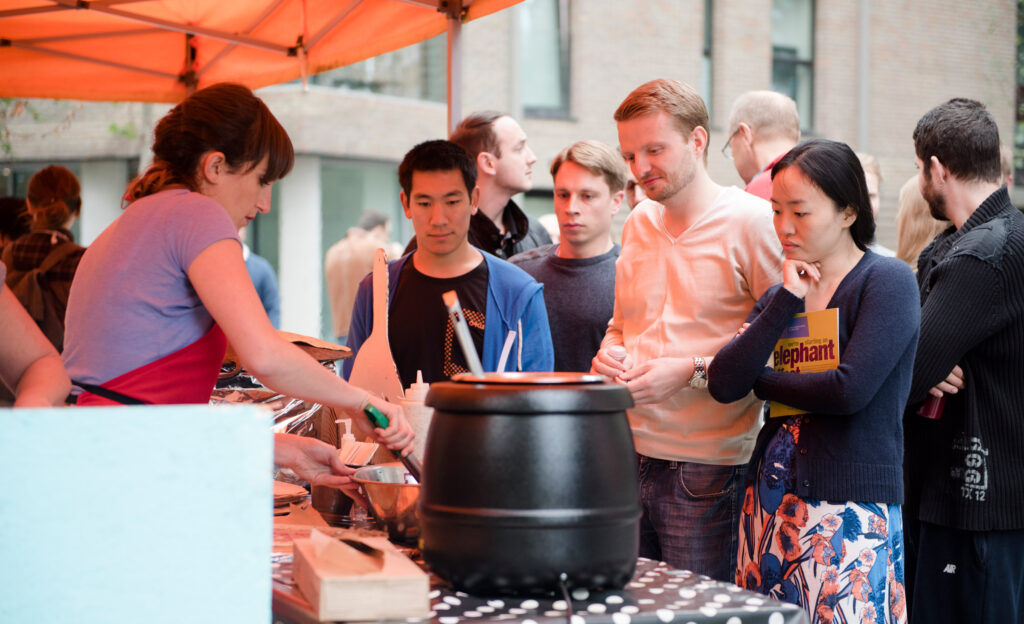

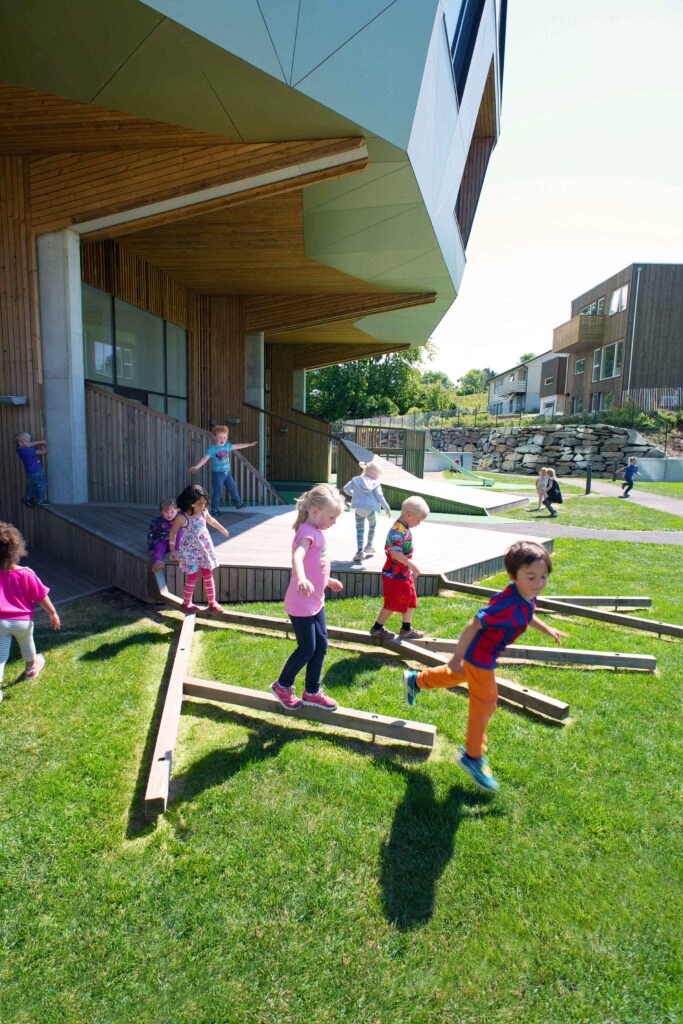
Buildings are for people.
We create buildings that serve individuals and communities to make life easier, healthier and more enjoyable. We describe our work as ‘socially useful,’ meaning it is designed to be flexible to changing functions and prioritises the universal traits people want from architecture: space, light, tactile materials, fresh air and vibrant public spaces. The life of a building only really starts once we hand it over to its occupants, providing them the freedom to adapt and give life to it in their own unique ways.
Architecture should evolve with people’s needs and aspirations.
From a multi-coloured glass extension for an existing Victorian board school to a timber cancer caring centre that brings nature directly to the inside—we think about the people who will inhabit our buildings and what they specifically need to enhance their lives. Enduring design is a priority: this means architecture that lives beyond its initial brief and is robust enough to host varying uses over time, offering social longevity.
The call for designing with social longevity has never been stronger than now.

Director

Insight: Philip Marsh
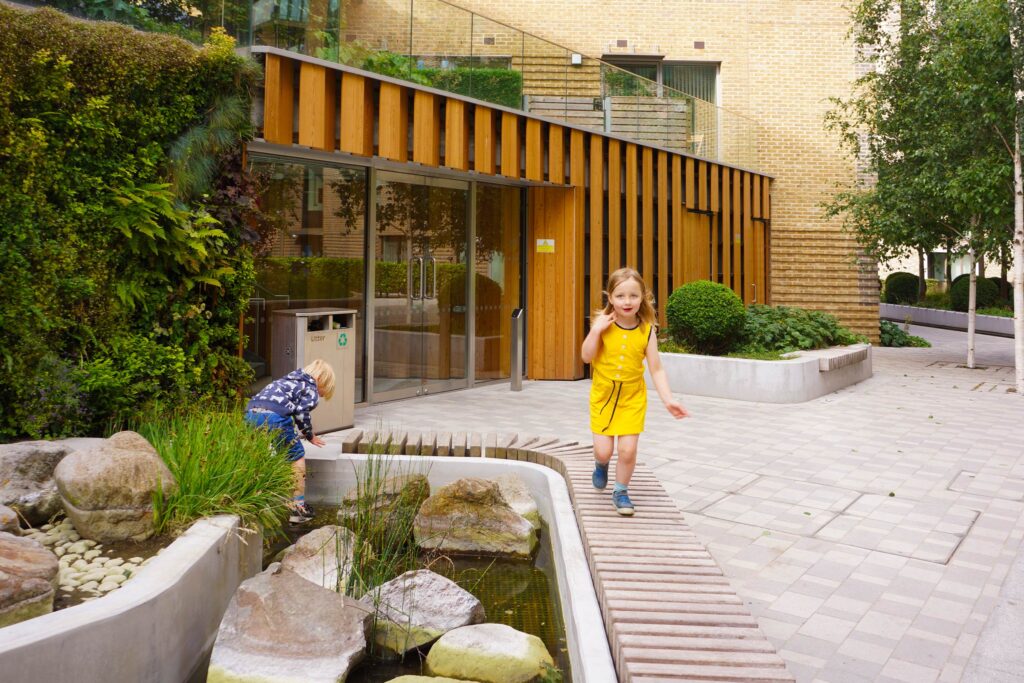
We consider community engagement to be part of the creative process, not a box-ticking exercise.
A strong community relationship was at the heart of one of dRMM’s most defining projects, the RIBA Stirling Prize-winning scheme, Hastings Pier. We spent years speaking with and listening to the people of Hastings, holding public, interactive events to find out what the town wanted from its pier. From these valuable conversations, we were able to see the importance of designing a pier that functioned as a sustainable, flexible platform as opposed to a grand architectural landmark. The pier became a symbol of adaptability, demonstrating our dedication to delivering architecture that is meaningful and useful to its community.
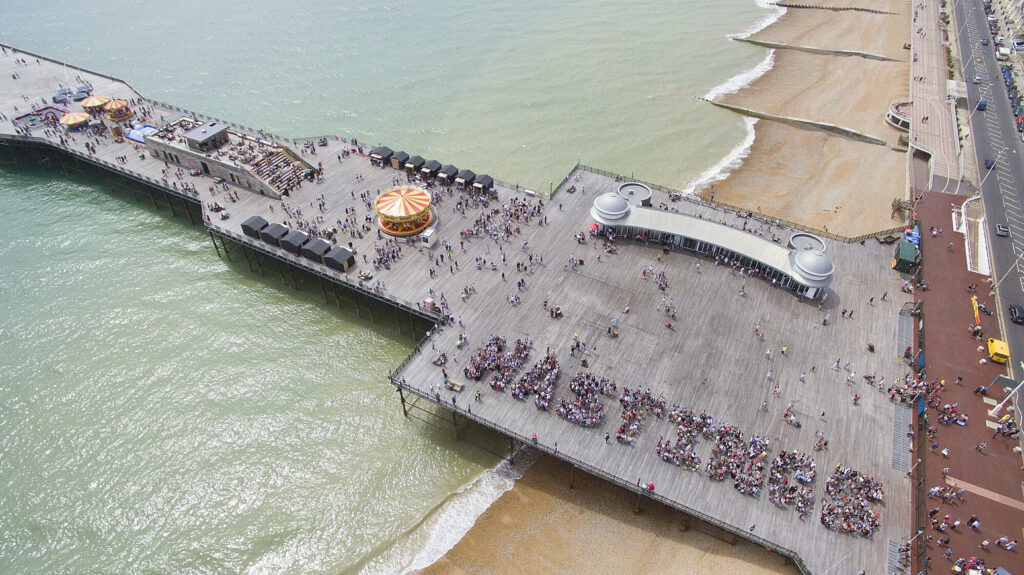
Aside from keeping the planet healthy, our design focuses on keeping people healthy.
Enhancing quality of life and well-being is integral to architecture and place-making. Design should give people a greater sense of control—it should encourage local participation, provide access to nature, enhance free, pedestrian movement and promote a rich local culture. To us, these values are the bricks and mortar of what we do.
Social usefulness is something that is embedded in our DNA.

Director

Insight: Sadie Morgan
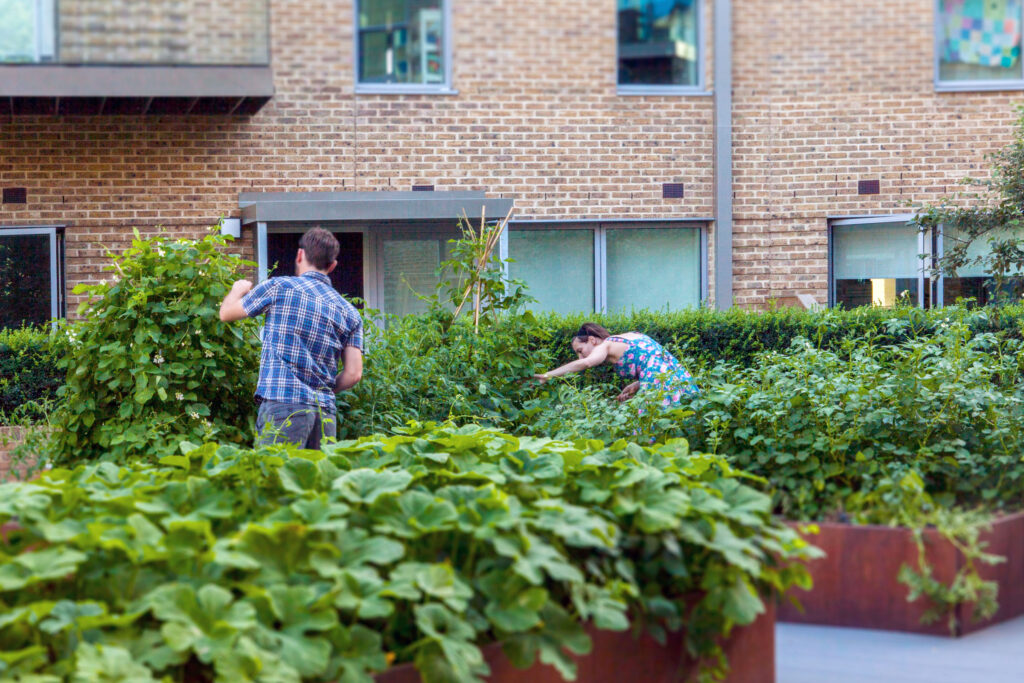
Related project
Trafalgar Place
Trafalgar Place comprises high-quality homes integrated in a vibrant landscape with mature trees. Garden plots and an open communal courtyard bring pleasure, security, openness and comfort, with the retention of mature London plane trees providing levels of delight rarely achieved in new housing.
